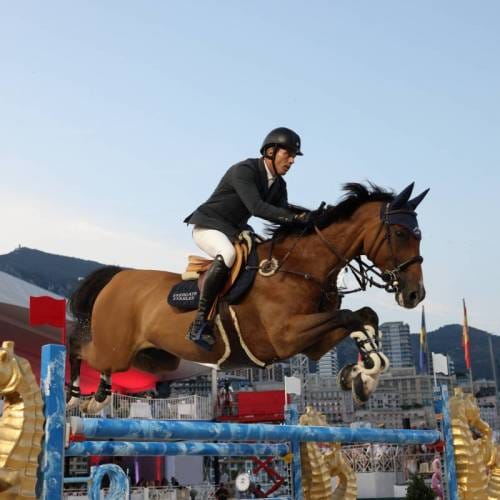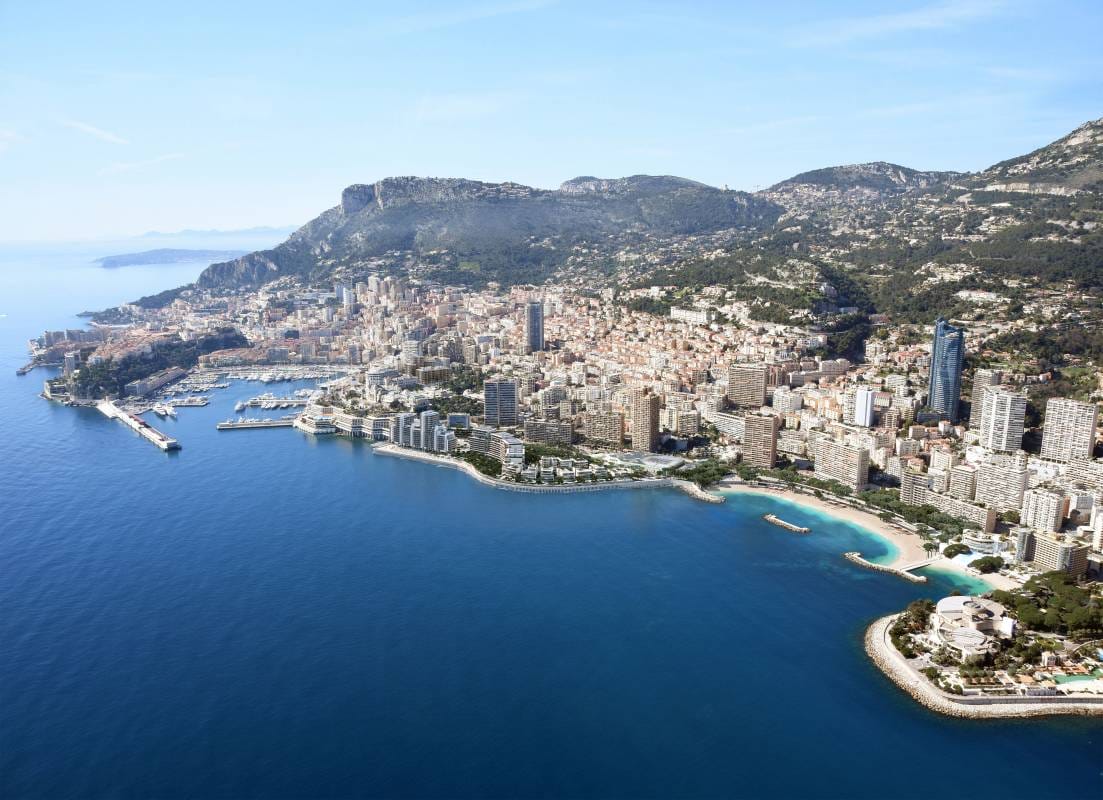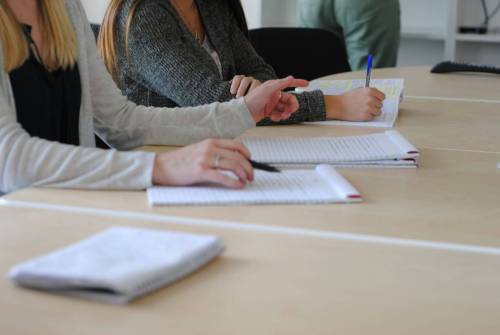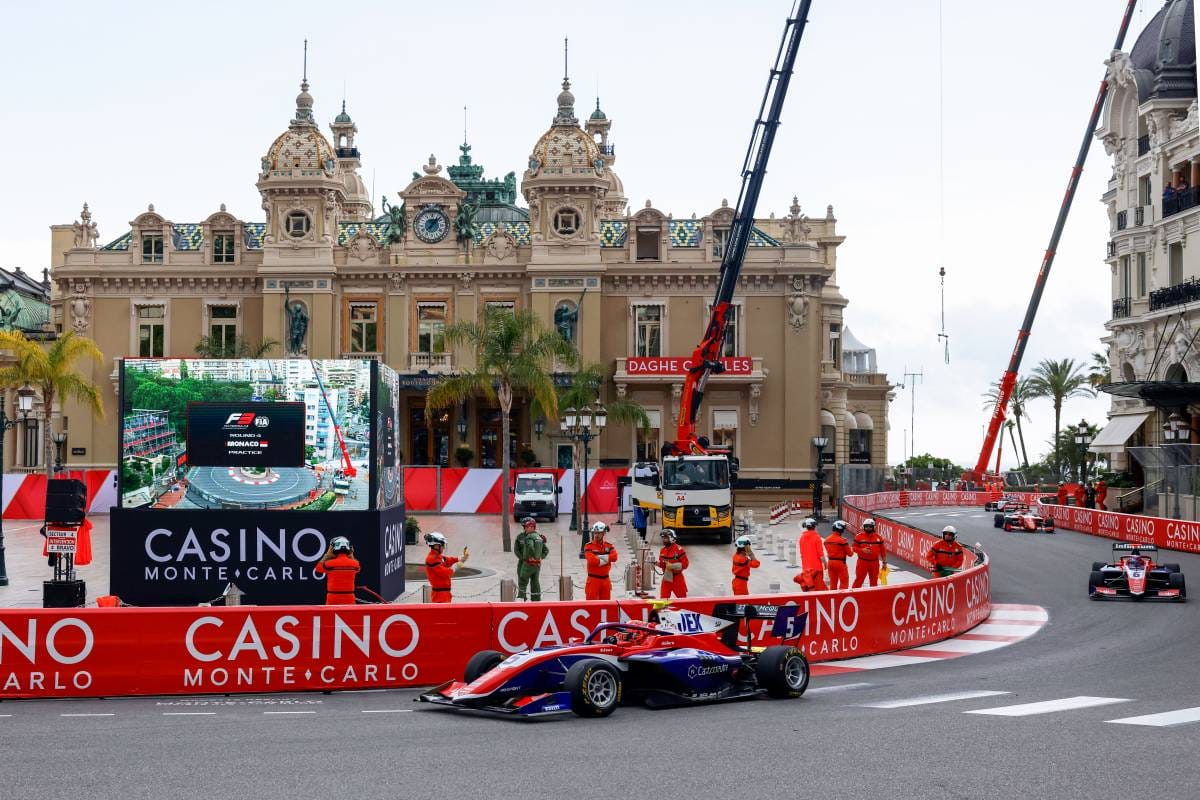Mareterra is Monaco’s most ambitious and transformative construction project ever: a new district built on top of the sea. The residential, cultural and recreational spaces have been designed to celebrate the spirit of the Mediterranean and are currently being built using pioneering and sustainable techniques. On December 4th, Monaco unveiled its latest feat of engineering, Mareterra, inaugurated by Prince Albert II and Princess Charlene, accompanied by Hereditary Prince Jacques and Princess Gabriella.
“I wanted this new area to embody the excellence and conviviality which distinguish the Principality of Monaco so well. Mareterra will integrate perfectly with our shoreline, and will be seen as a natural extension of our territory,” — Prince Albert II.
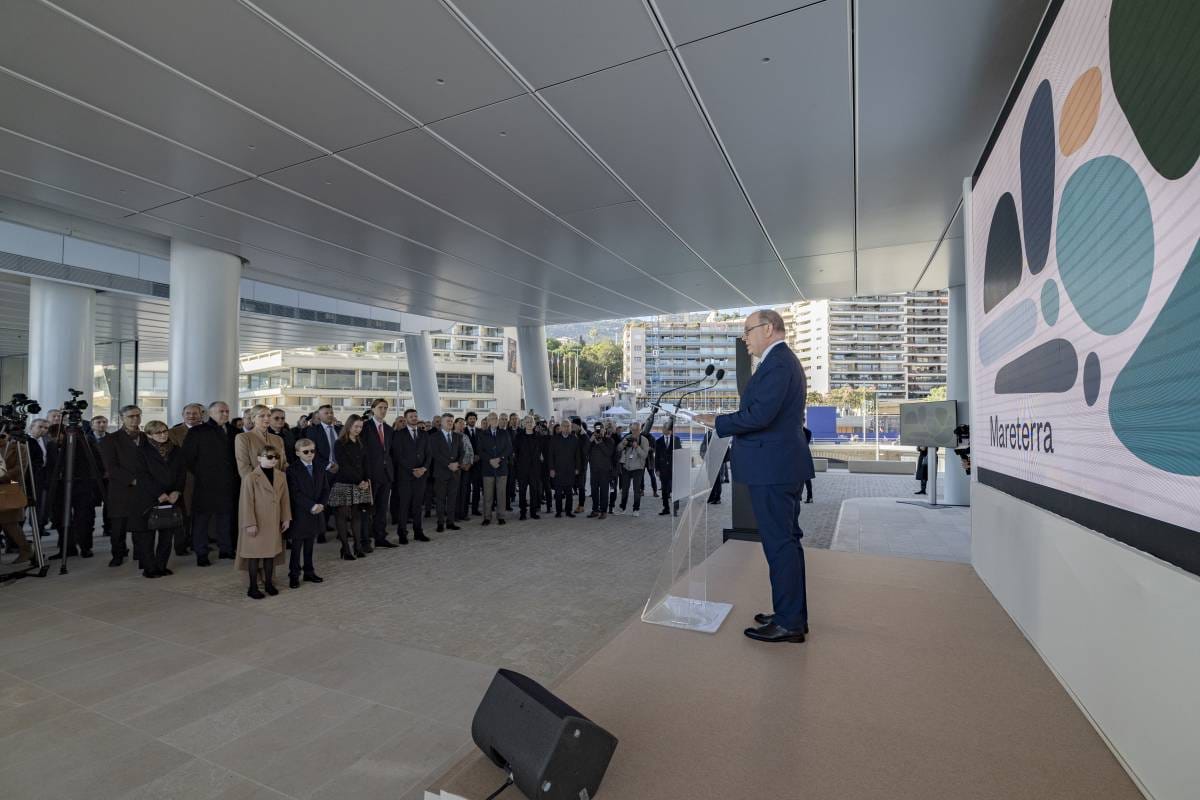
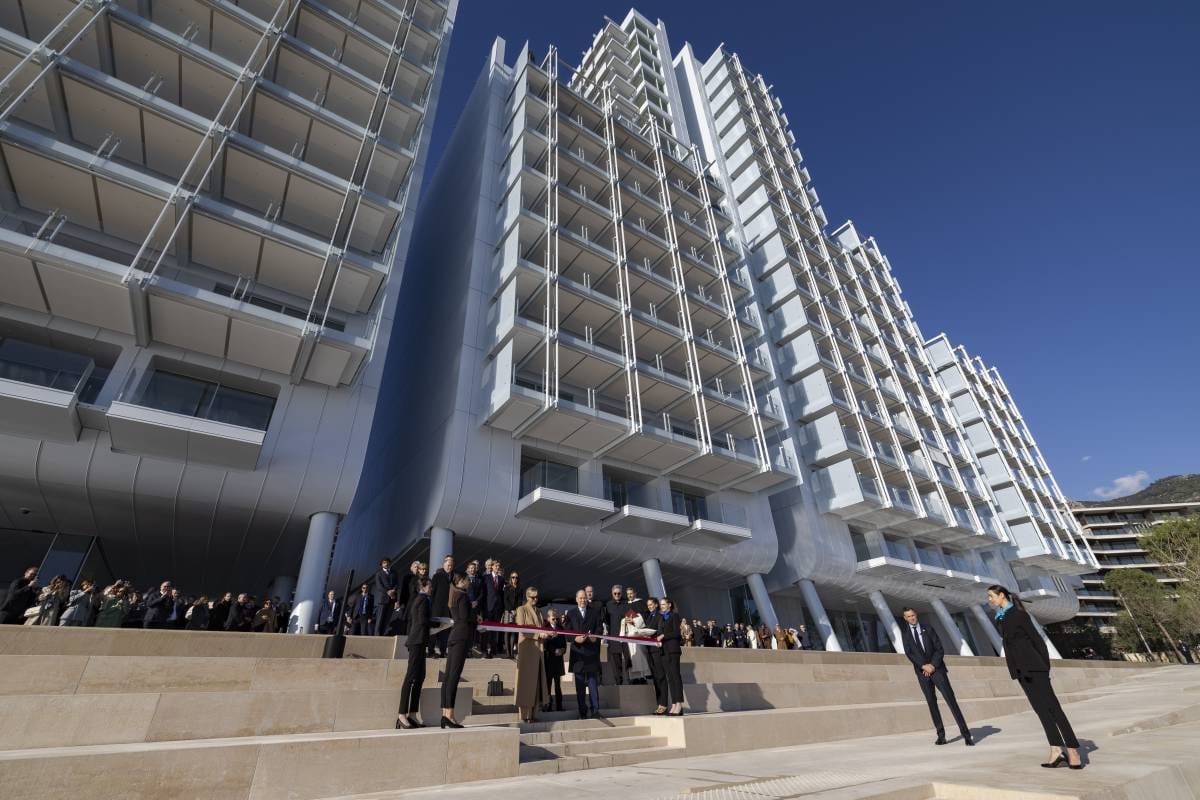
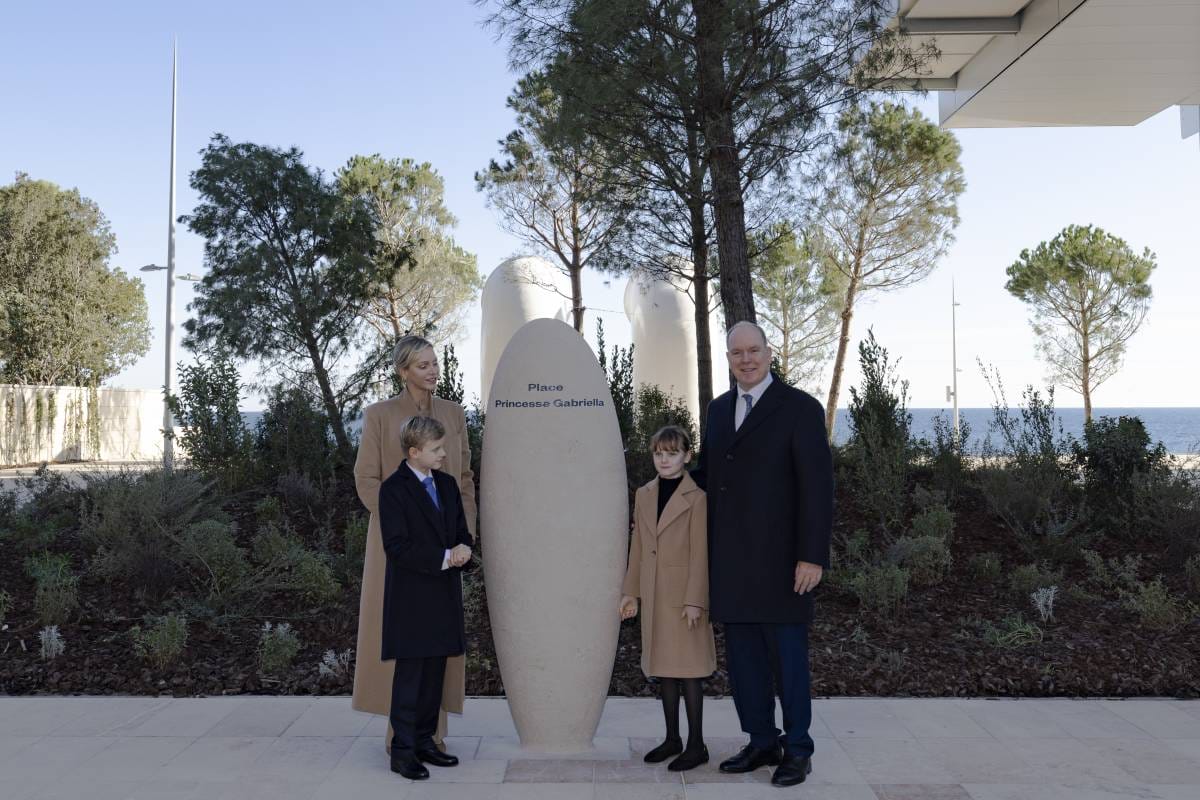
How it all began…
For more than 150 years, Monaco has adapted its urban planning to meet the requirements of its demographic growth within the constraints of its two kilometre square territory. From the 1950s onwards, 20 % of the Principality’s surface area has been reclaimed from the sea. Namely, the Larvotto reclamation project, which took place between 1954 and 1961 and reclaimed 54,000 m2 of surface area and Fontvielle, which reclaimed 220,000 m2 and was created between 1965 and 1971. The multi-billion euro Mareterra project will add six hectares to the Principality, as well as plenty of real estate, including five buildings (for a total of 130 apartments) and 10 villas.
The Prince’s Government launched a call for applications in May 2013 for the construction of a new district and SAM L’Anse du Portier with Bouygues Travaux Publics MC submitted the winning bid. The construction program consisted of unprecedented technical, environmental and human complexity based on the skills of more than one hundred companies and the mobilization of about 2,000 workers.
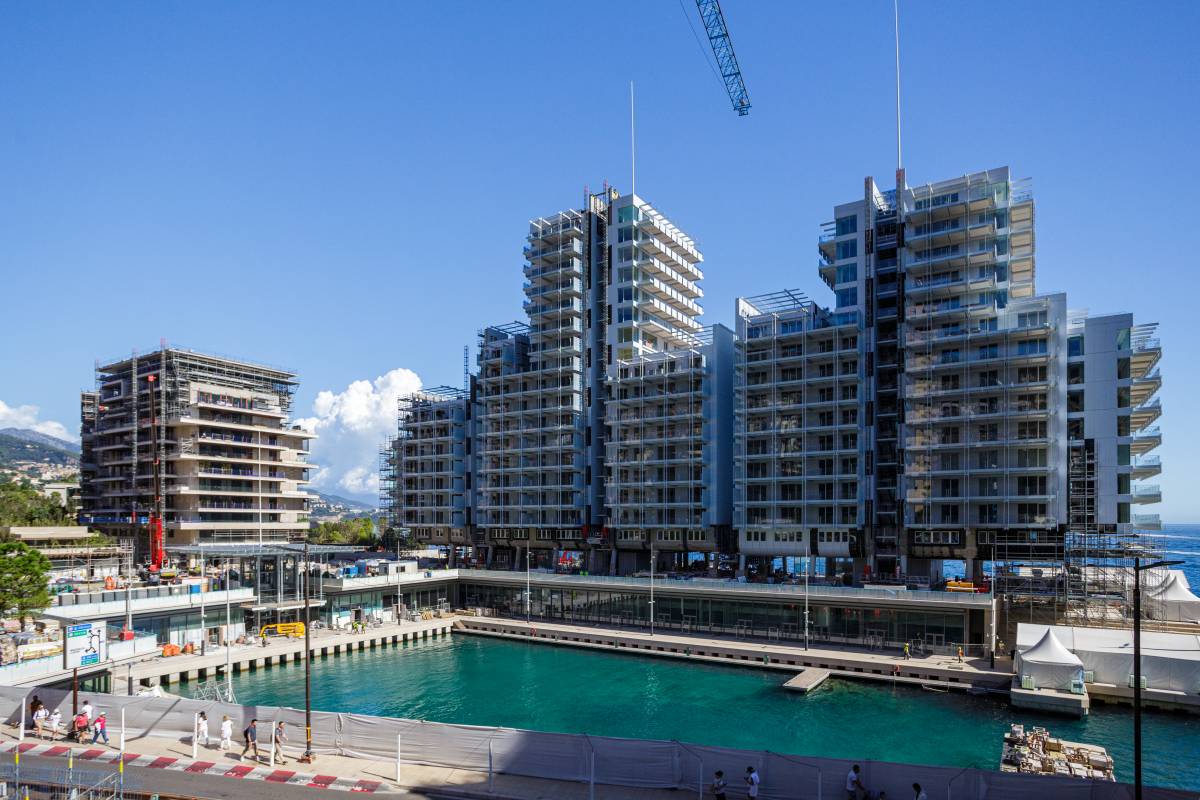
A symphony of cranes
The name ‘Mareterra’ means the sea and the land. The progress of the site has unfolded like the coordinated crescendos of a musical orchestra. Back in 2018, the district started to blossom when the floating concrete blocks, or “caissons” were laid, first on the Fairmont side and then on the Larvotto side. The caisson belt was closed in September 2019 when the last caisson was placed near the Grimaldi Forum. In the spring of 2021, the first floors of Le Renzo, Mareterra’s largest building, appeared. Next, the entire district was divided according to the size and complexity of the structures being built. Work then moved forward quickly and buildings began blossoming at an expeditious rate.
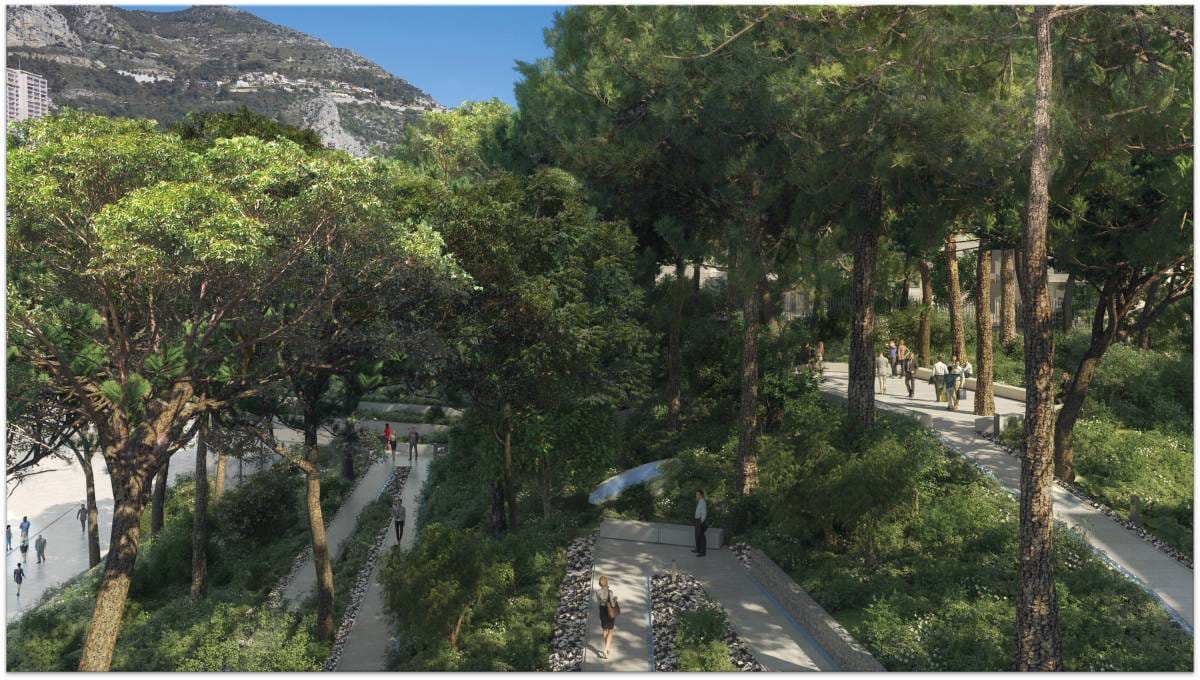
Peeking behind the scenes
Construction has progressed at various speeds across the whole site with the use of five pile-drilling machines which worked on the various foundations, reaching depths of between 17–61 metres. Up to 13 cranes work on site at once, all organized with special software that takes into account their position, size and the possibility of them crossing paths. The software also helps to make sure the no-fly zones are respected.
On site, the stakes are high at every moment of every day. The slightest delay could compromise future operations. A break in the rhythm of traffic, for example, could lead to the disruption of other activities elsewhere on site, resulting in delays of the entire production schedule. On average, a vehicle arrives at the site entrance every five minutes. To keep the site free of congestion and allow deliveries to be made on time, the heavy traffic is handled by a dedicated computer system, which keeps track of the arrival of all deliveries.
For extra efficiency, the construction site created its own concrete plant! With a production rate of 70 m3 per hour, having a concrete plant on site eliminates 40 to 80 daily round trips for concrete mixers between the Mareterra district and Monaco’s concrete production plant, which is located in Fontvieille.
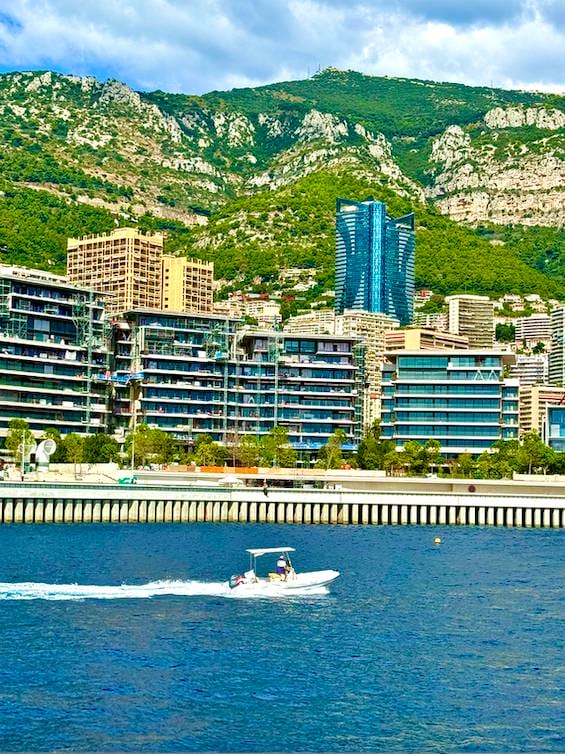
Surprises along the way…
The Mareterra port was completed ahead of schedule. Initially planned to be built during 2024, it was in fact complete by April 2021. Once complete, the port was covered by a deck, transforming it into a valuable storage area of 3,000 m2 to keep materials needed for building Le Renzo. Construction of the port was brought forward because of the high number of different activities that will be taking place in the port area this year, when the district is nearing completion and activity is high.
Precision, precision, precision
Every Thursday, a coordination meeting is held to establish the plan for the week ahead. Every morning, a meeting is held to review the day’s activities. On site, the logistics team examines all situations and looks for ways to facilitate the progress of activities.
“Precision is essential for simple practical reasons… We also regularly rearrange the footpaths, moving them according to the different phases of the activities — sometimes several times a day! There are many temporary changes during each operation,” said Emmanuel Turlin, the Methods Manager on the Mareterra site.
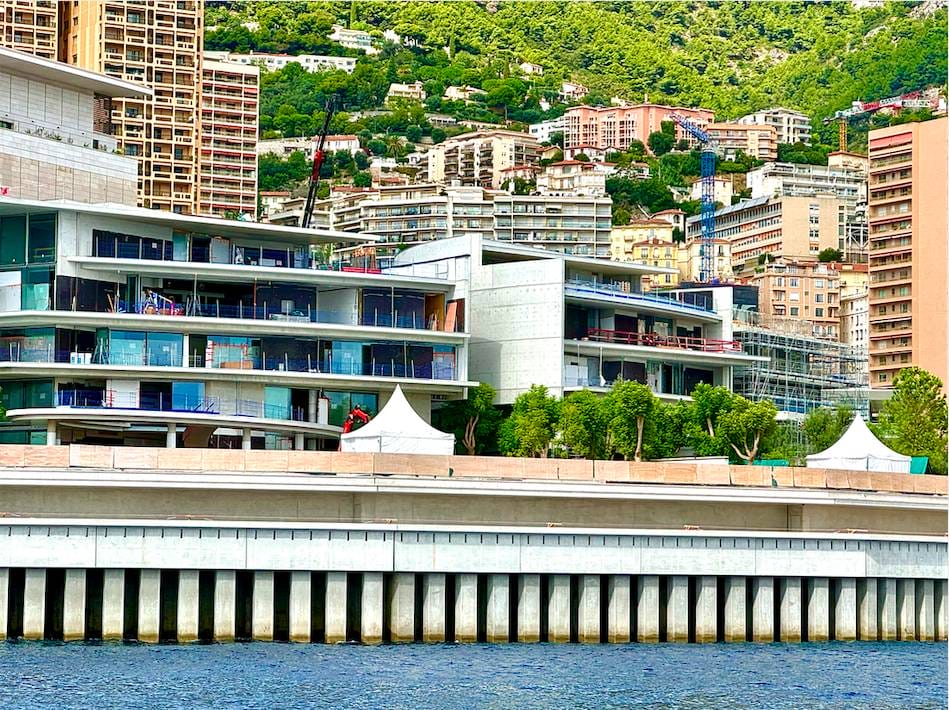
Environmental impact
Before the launch of the Mareterra operation, the Concession Treaty, thought up by HSH Prince Albert II, limited the project’s environmental impact. The rock armour of the caisson backfill, which represents nearly 45,000 square metres of surface area will become a refuge, nursery and spawning grounds for local sea life through its artificial reefs. Two “posidonia” undersea meadows are also on site: a natural one at Larvotto (400 m2) and 500 m2 was transplanted near the Fontvieille sea wall (unfortunately, 100 m2 of the transplanted meadow has been devoured by local fish). The colonization of all these environmental spaces, species by species, will be monitored for years to come.
Spotlight on the Prince Jacques Promenade: a refuge for everyone
Open to everyone, the Prince Jacques Promenade is a large-scale operation that promises to be a breathtaking area of relaxation. Extending 600 metres in length and widths ranging from 5 to 11 metres, the promenade follows a harmonious curve extending from the Piazetta (‘little square’) up to the redeveloped Larvotto site. The Prince Jacques Promenade will be accessible to the public from three separate points and will feature a discovery trail and gorgeous views of both nature and architecture.
Along the promenade will be two special spaces: the Grotte Bleue and the Espace Méditation. The Grotte Bleue will be a space open to the public offering a view inside a caisson’s “Jarlan chamber” (Jarlan chambers dissipate the swell of the waves and are artificial, shallow water habitats for fish). As visitors stand six metres above the sea, they will be able to peer four metres underwater. Children who cannot observe the site over the handrail will be able to see everything through small porthole openings in the concrete.
The Espace Méditation, measuring 25 m2, will be a place of relaxation, rest and reflection, also open to the public. Located near the middle of the seaside Promenade under one of the district’s gardens, the space will be bathed with natural light.
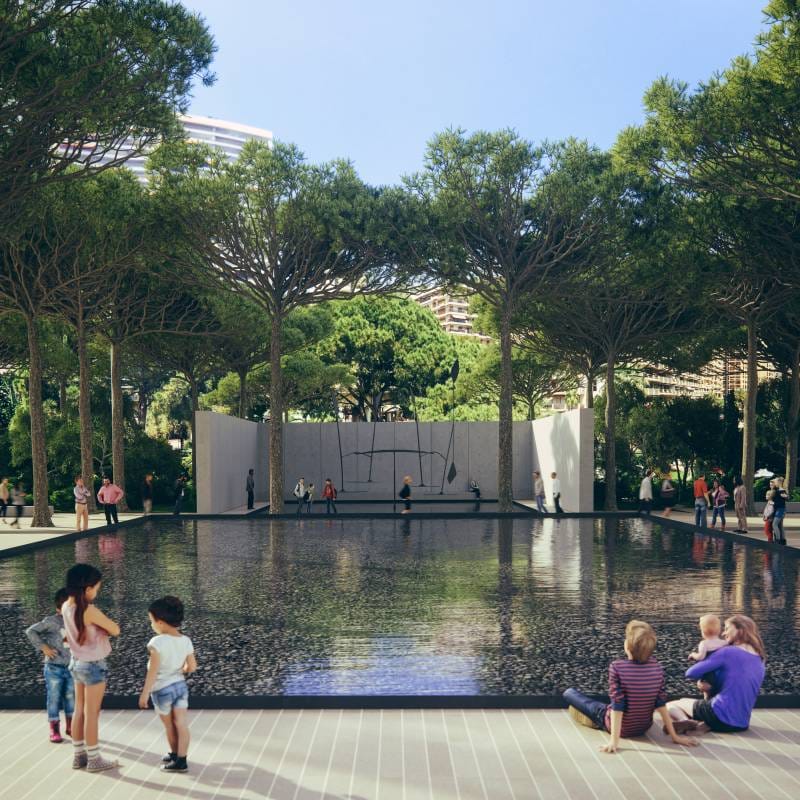
TIMELINE
- 2013: Mareterra land extension project is announced.
- July 2015: Treaty authorizing the sea land extension is signed.
- August 2016: Preparation phase begins with actions taken to protect local plant and animal species.
- April 2017: Undersea work begins with the dredging of polluted sediment.
- First quarter 2018: Embankment placement begins.
- July 2018: First caisson is installed and inaugurated by HSH Prince Albert II.
- December 2019: Completion of the maritime structure.
- June 2020: Construction of the new eco-district begins.
- December 2020: Le Renzo begins to take shape.
- December 2021: Work is in full swing across all areas of the site.
- July 2022: Concrete works for Le Renzo’s southern section is complete.
- December 2022: First greenery is planted on the eco-district.
- July 2023: The final appearance of the district is unveiled.
- December 2023: First trees are planted on the district’s hill.
- November 2024: Closing in on Planned Delivery of the District.

